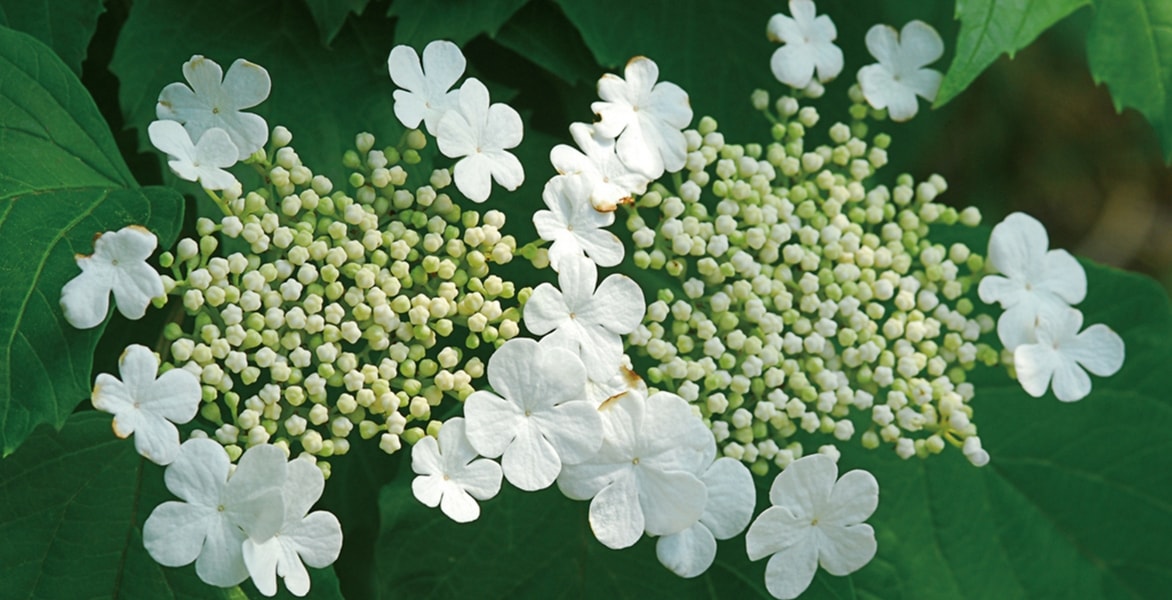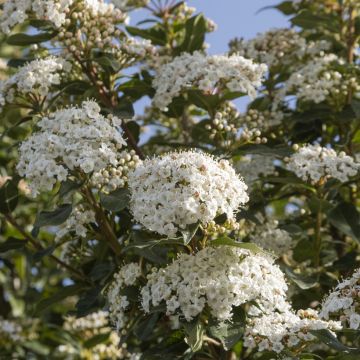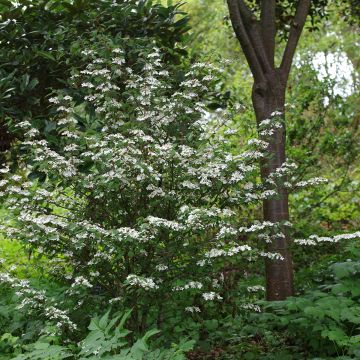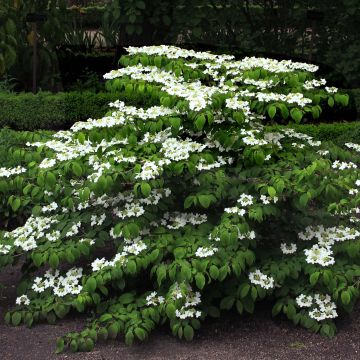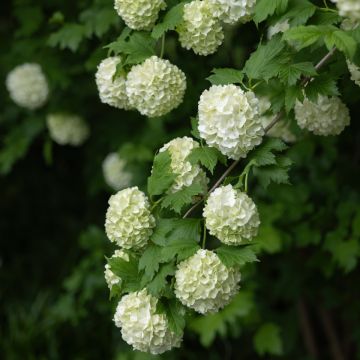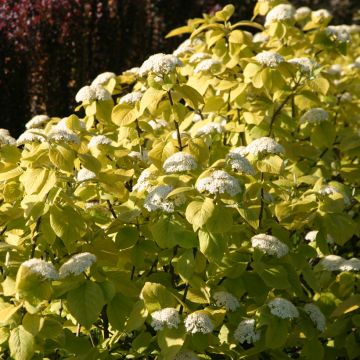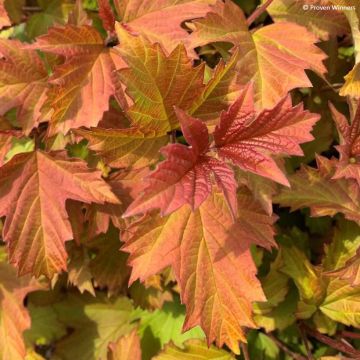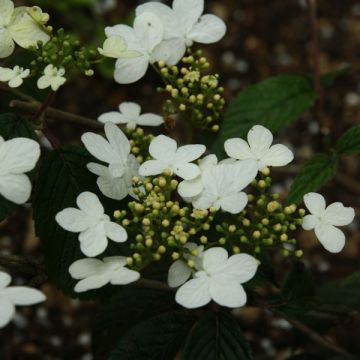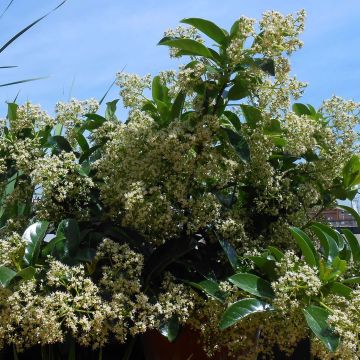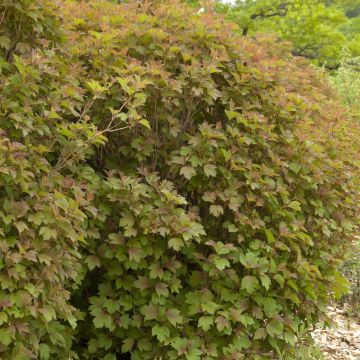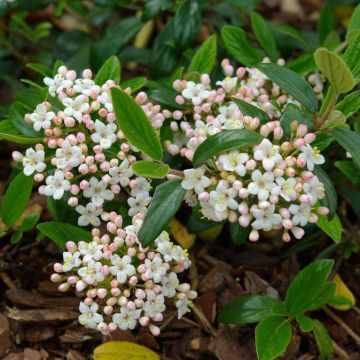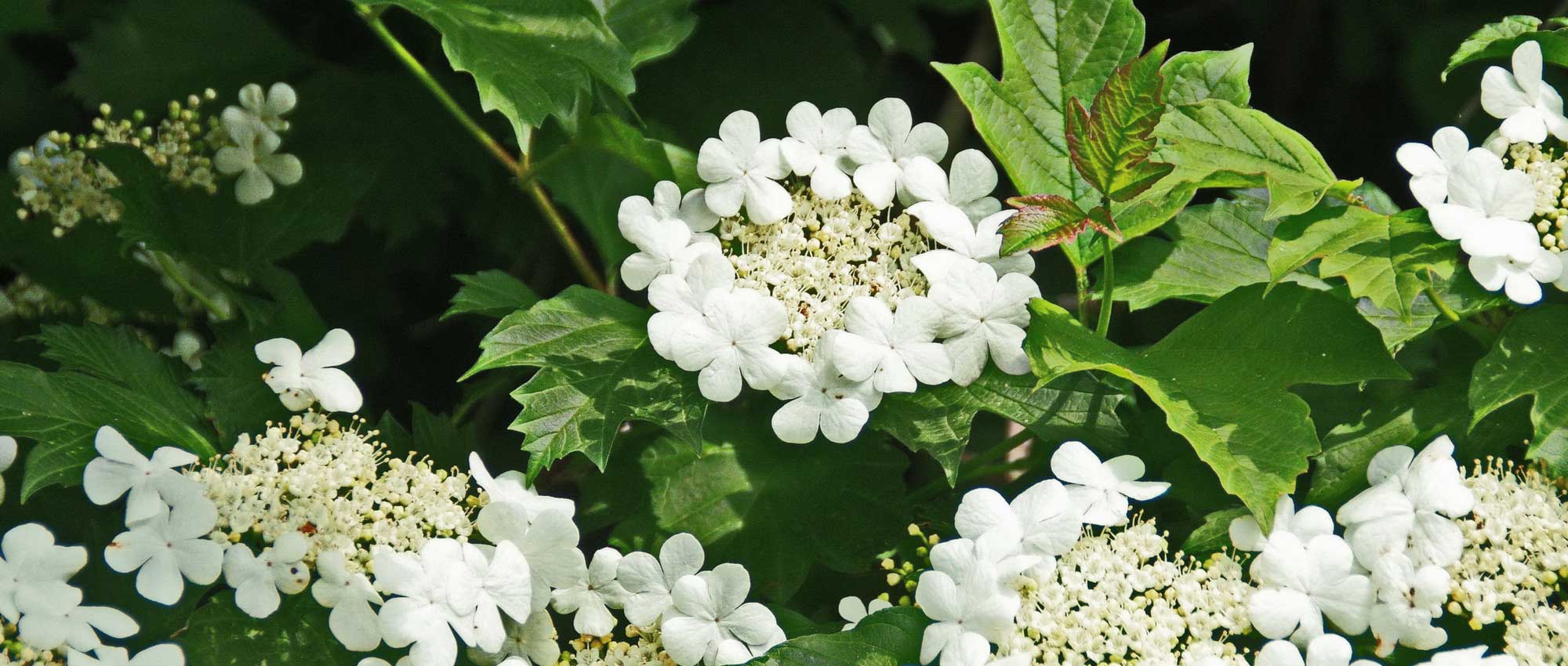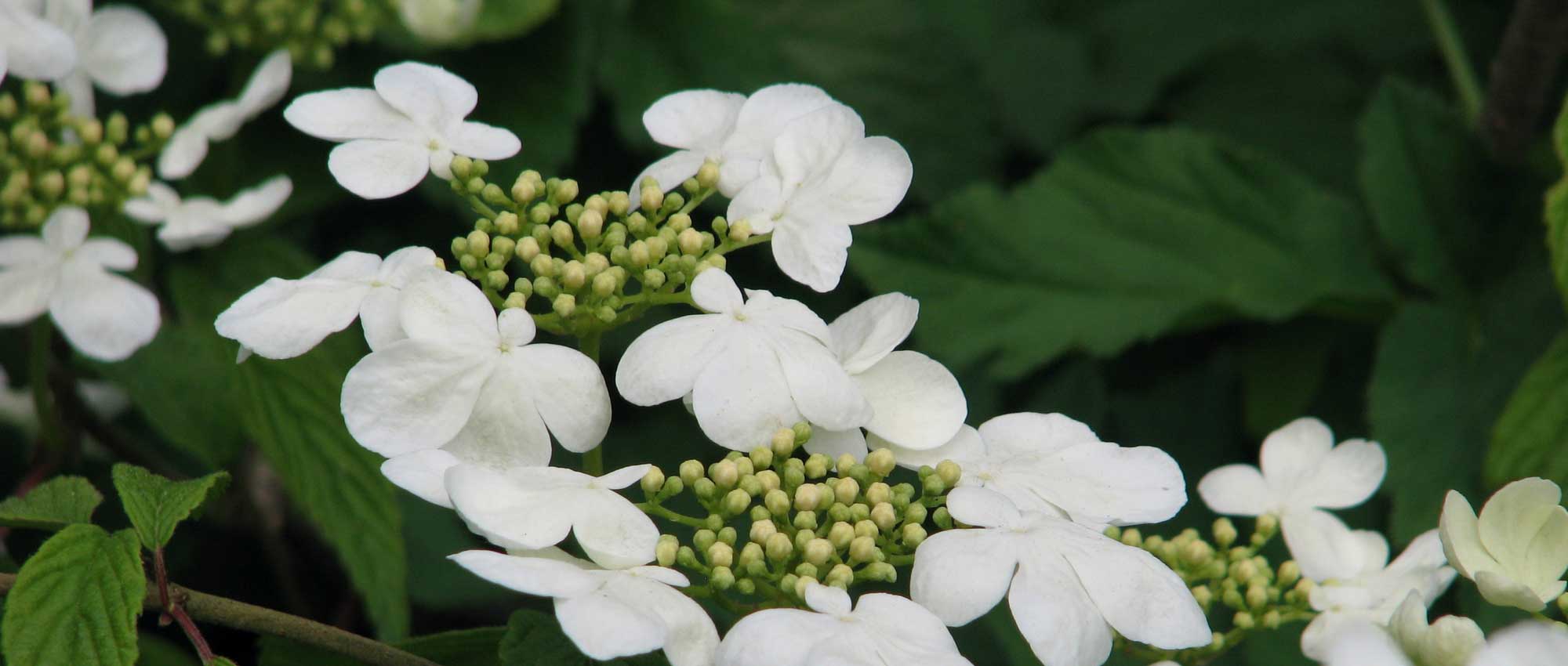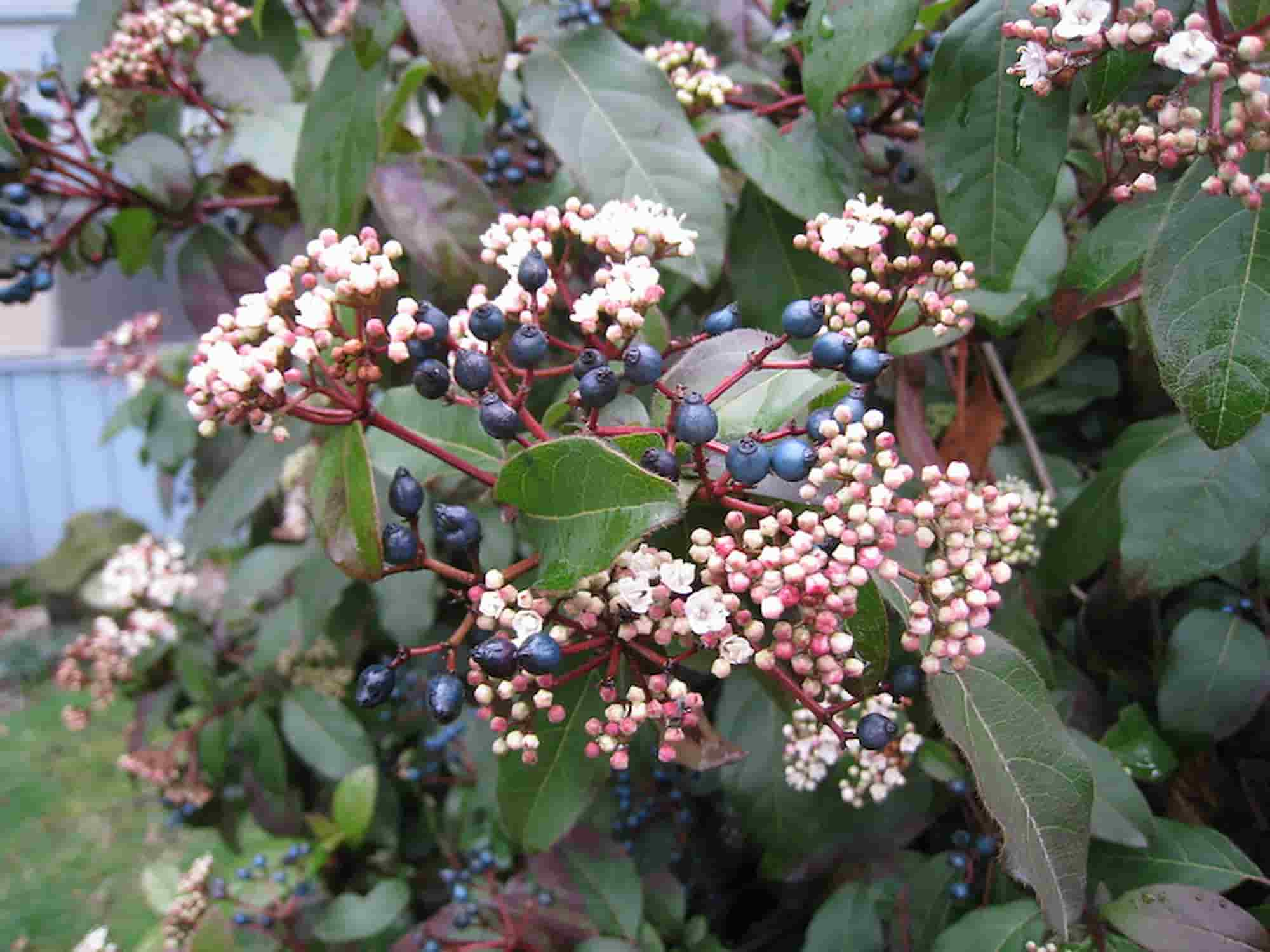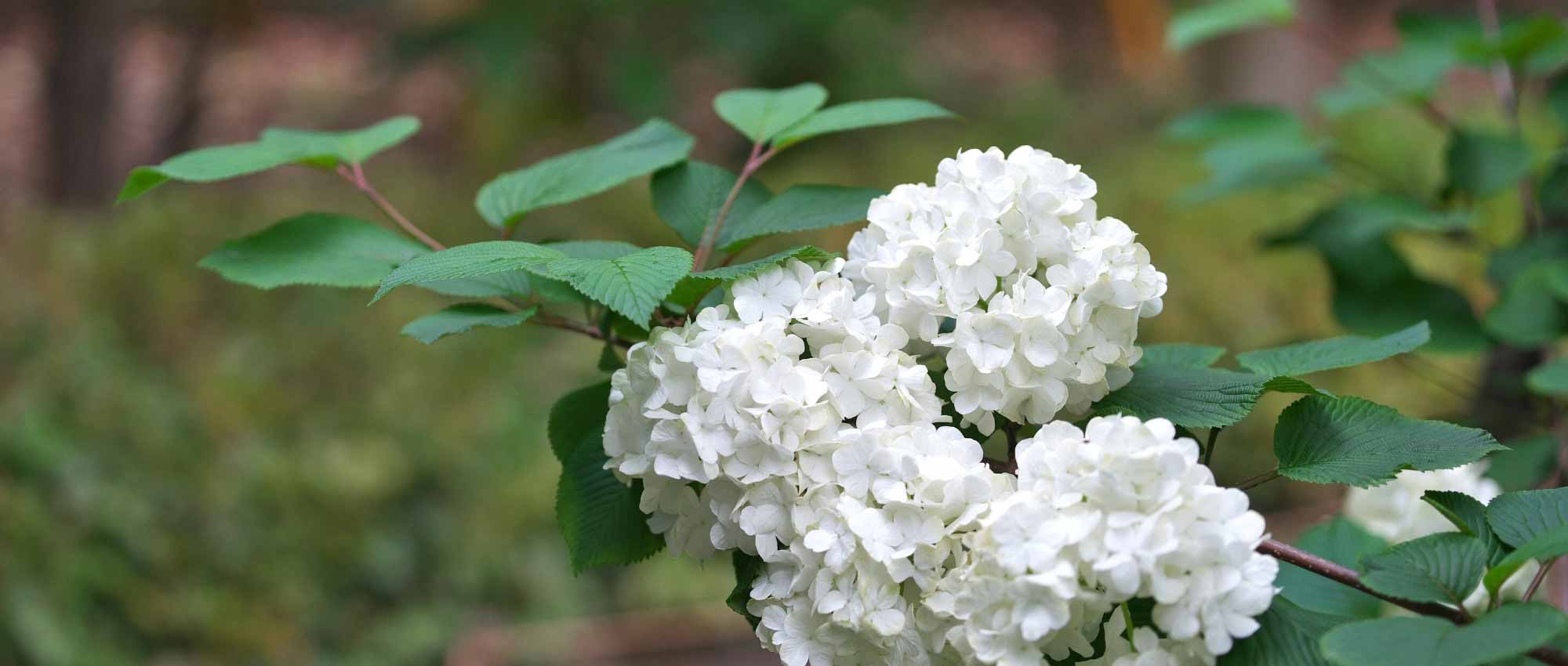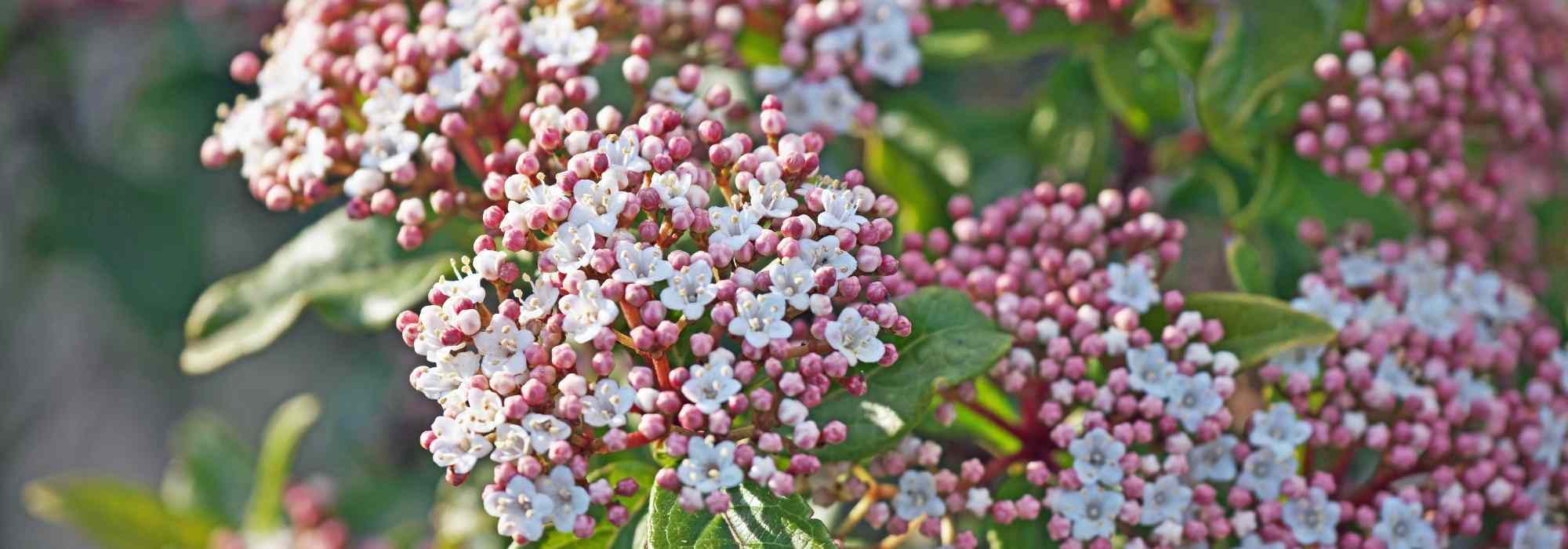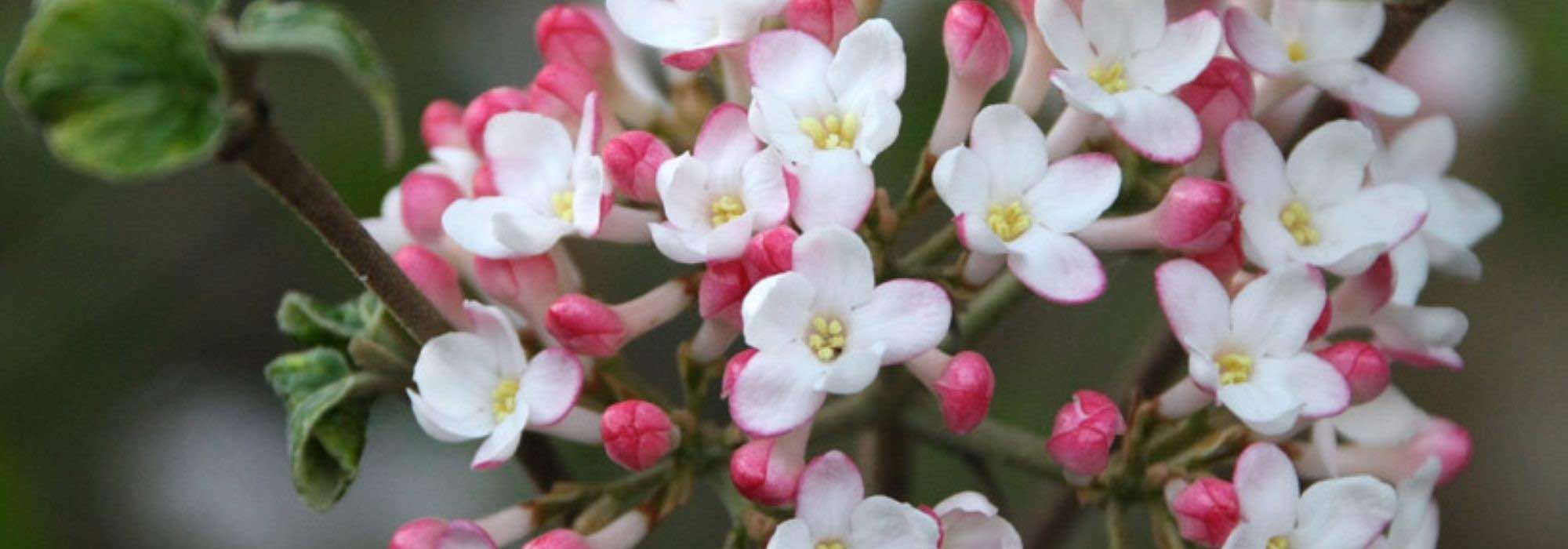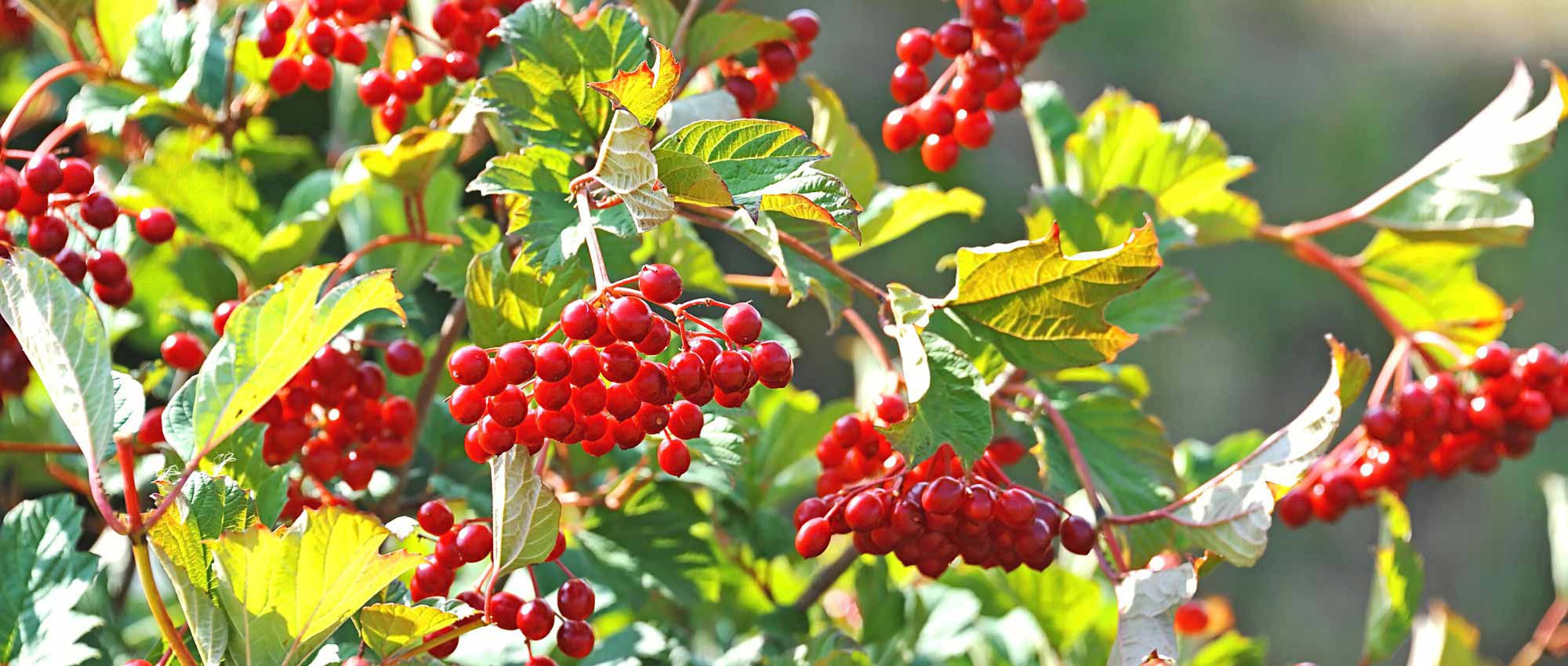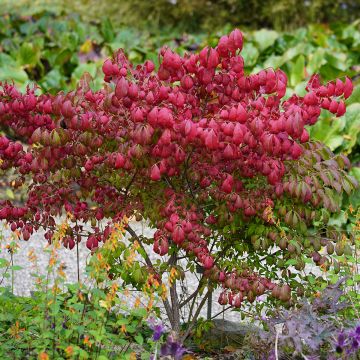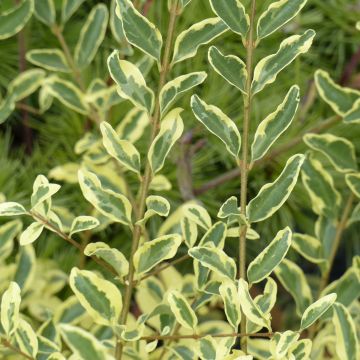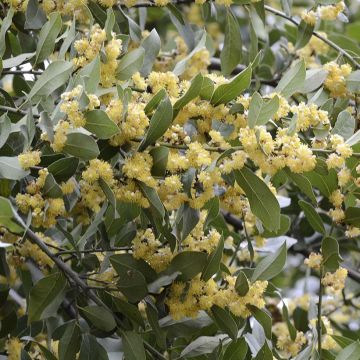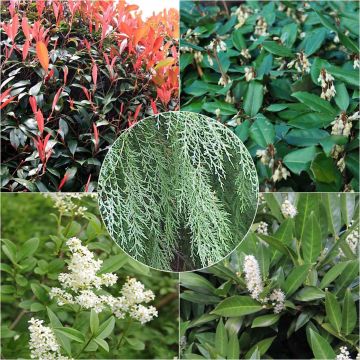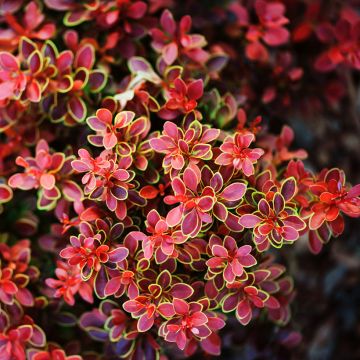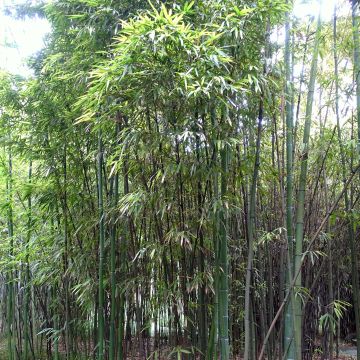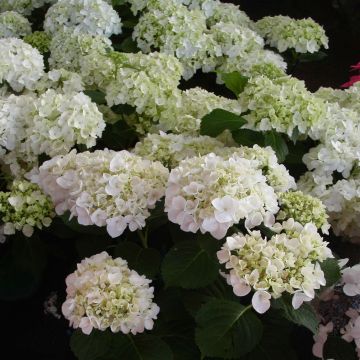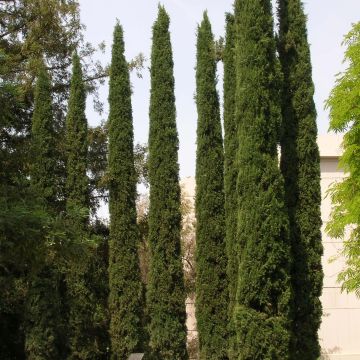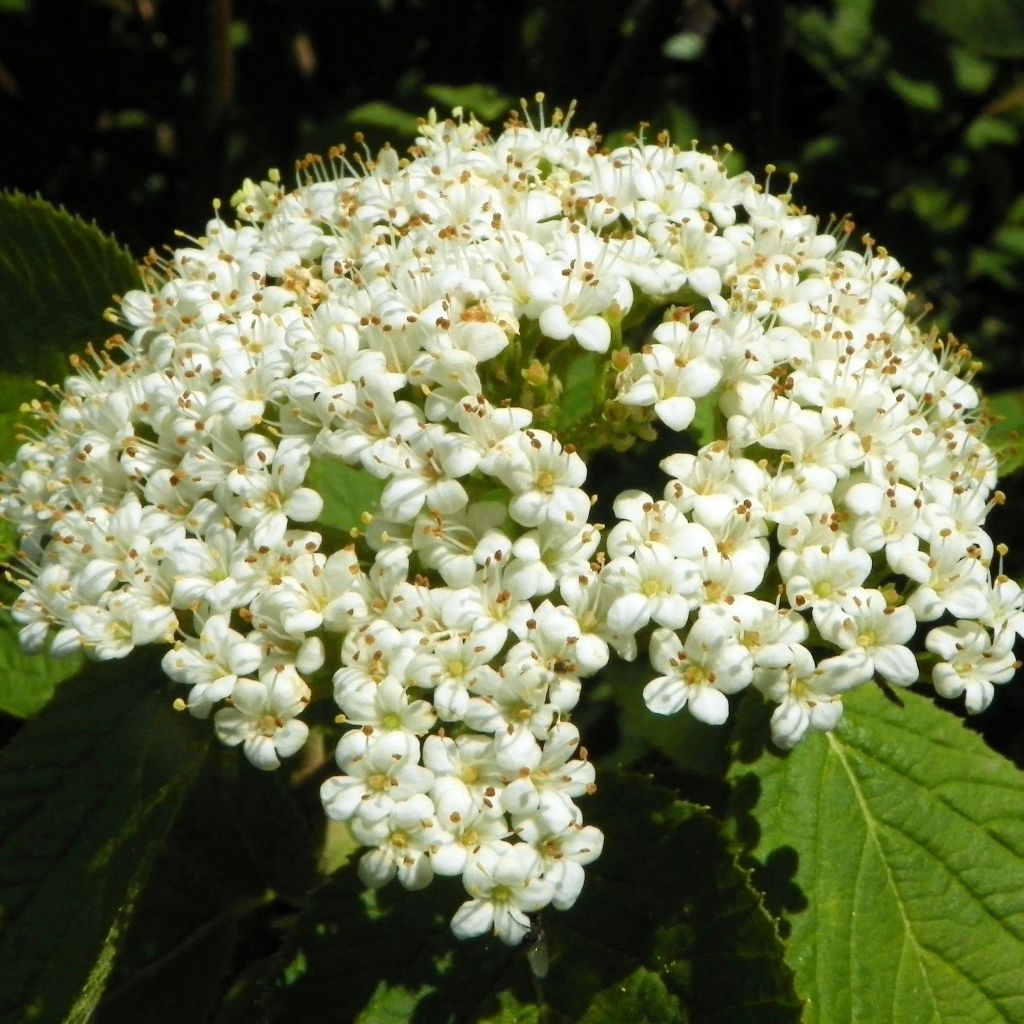

Viburnum lantana
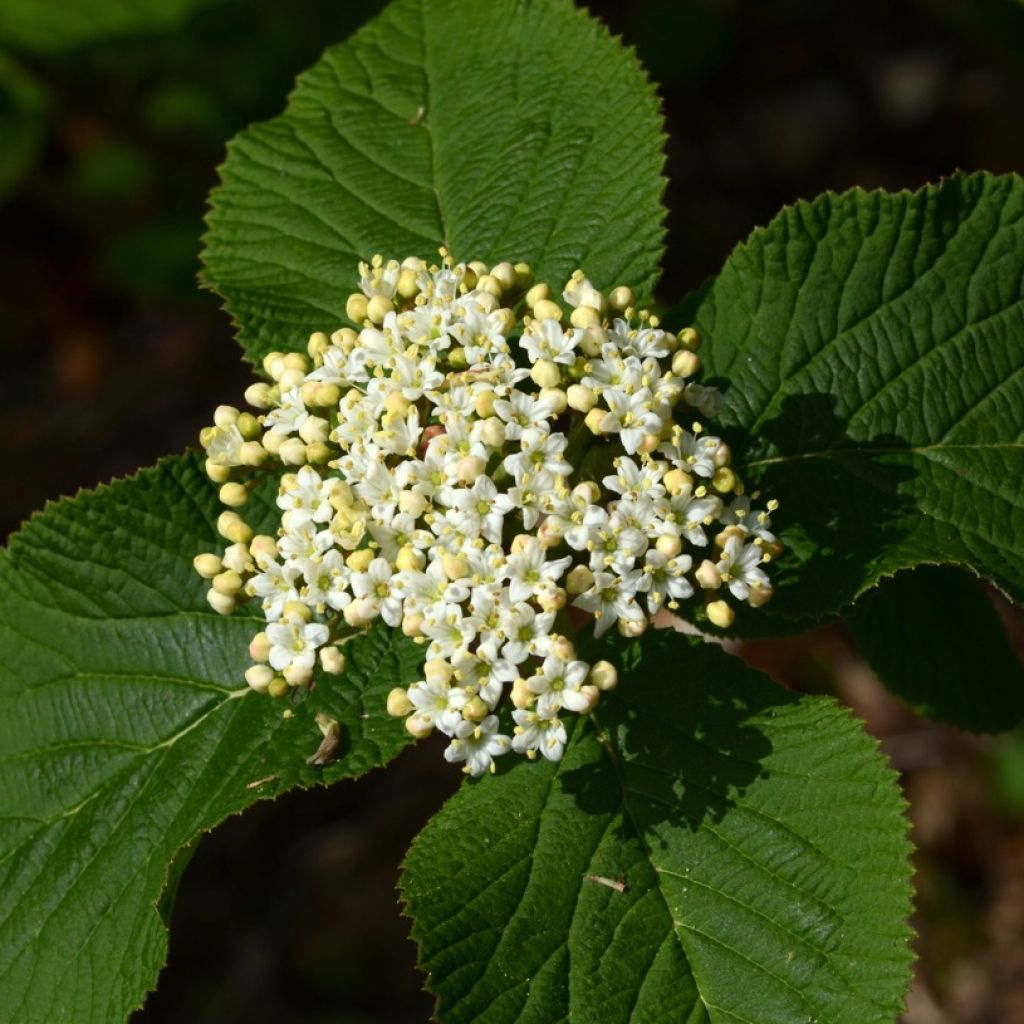

Viburnum lantana
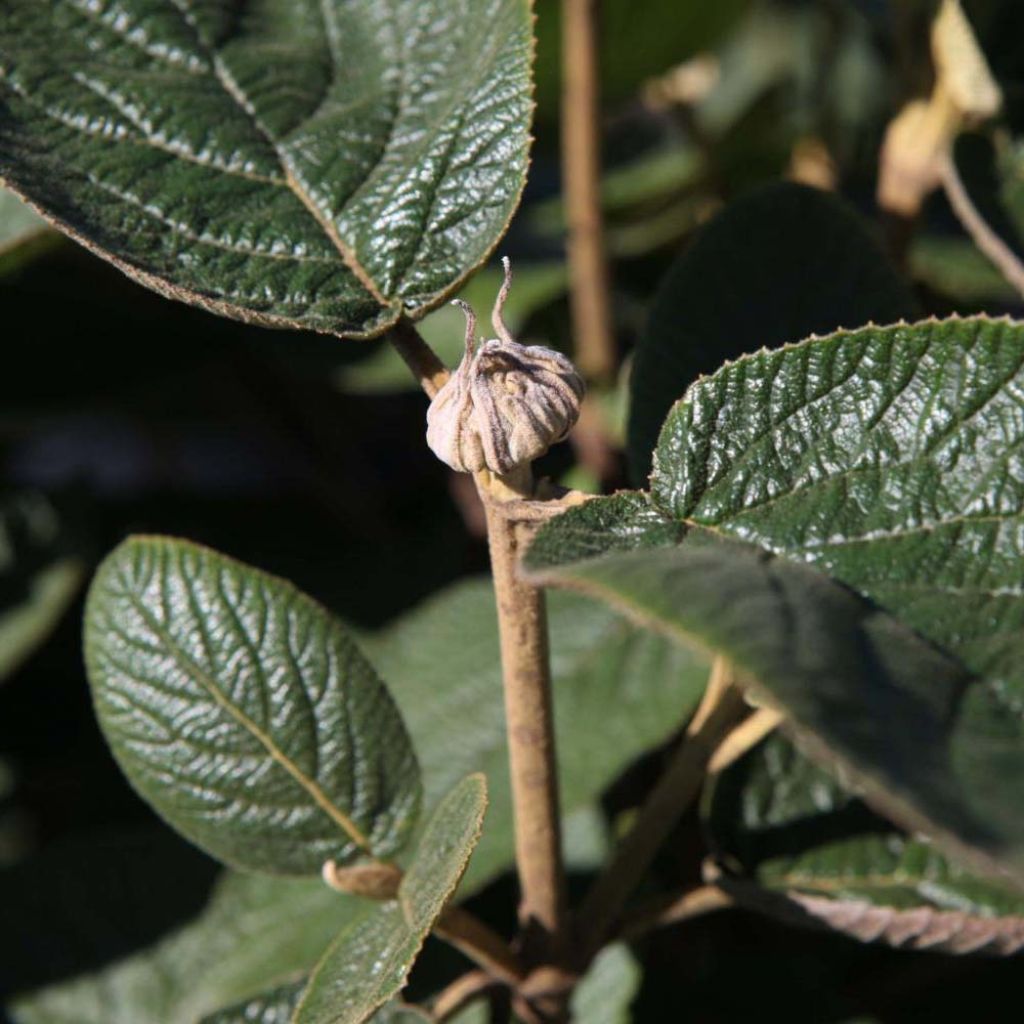

Viburnum lantana
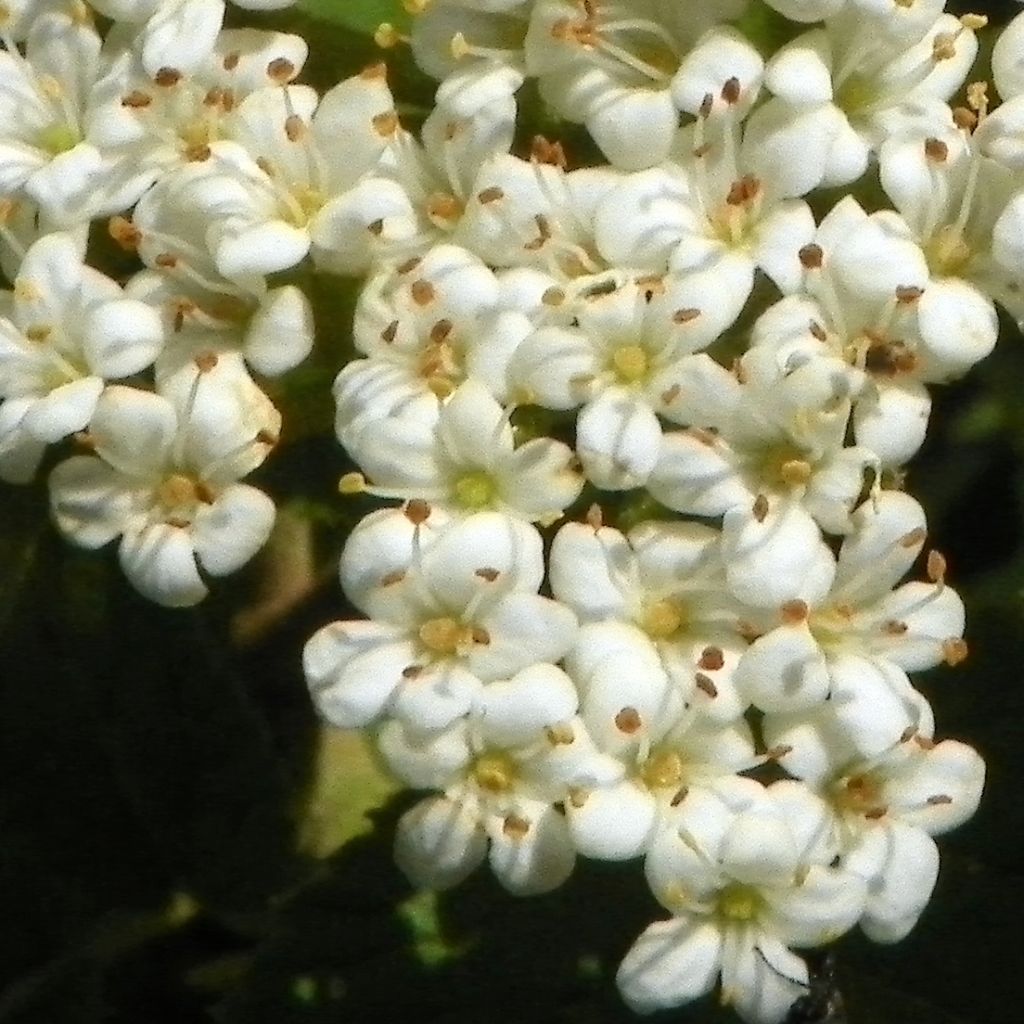

Viburnum lantana
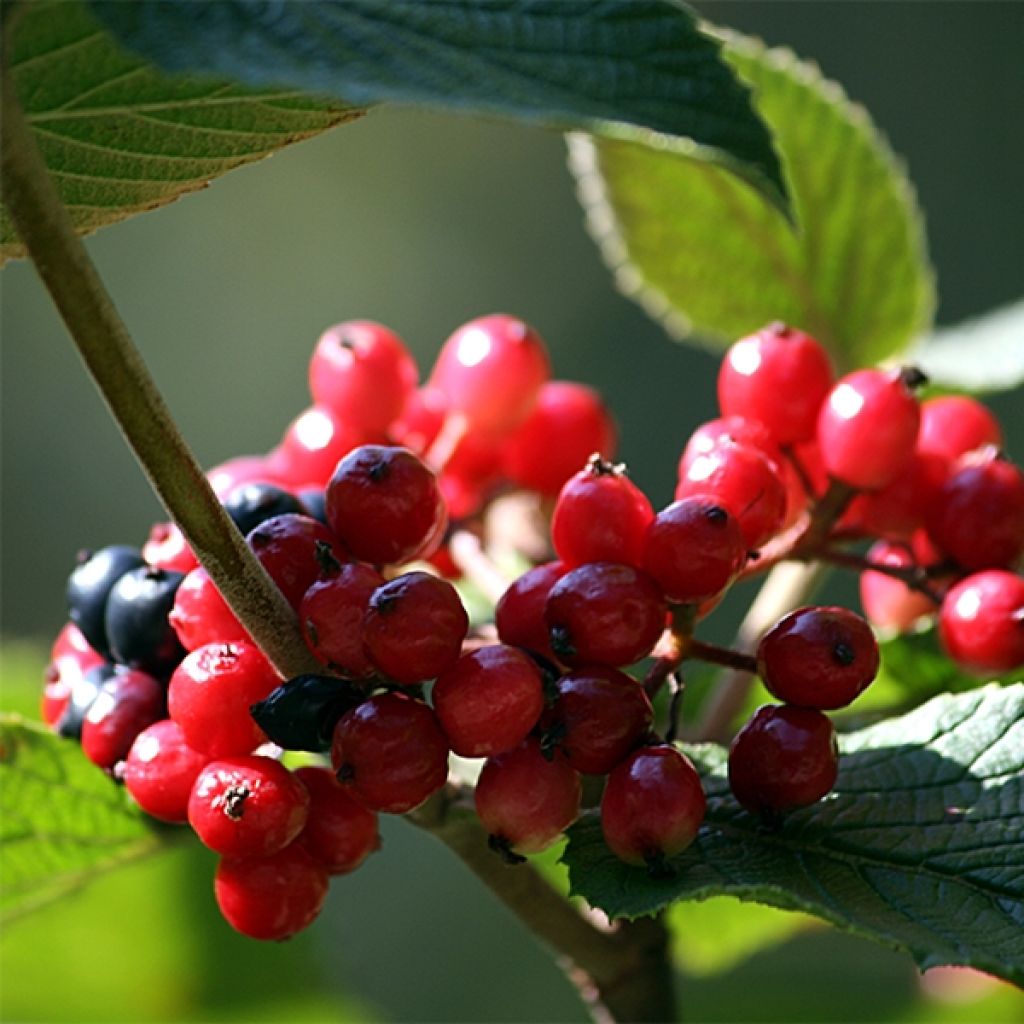

Viburnum lantana
Viburnum lantana
Viburnum lantana
Wayfaring Tree
Special offer!
Receive a €20 voucher for any order over €90 (excluding delivery costs, credit notes, and plastic-free options)!
1- Add your favorite plants to your cart.
2- Once you have reached €90, confirm your order (you can even choose the delivery date!).
3- As soon as your order is shipped, you will receive an email containing your voucher code, valid for 3 months (90 days).
Your voucher is unique and can only be used once, for any order with a minimum value of €20, excluding delivery costs.
Can be combined with other current offers, non-divisible and non-refundable.
Home or relay delivery (depending on size and destination)
Schedule delivery date,
and select date in basket
This plant carries a 24 months recovery warranty
More information
We guarantee the quality of our plants for a full growing cycle, and will replace at our expense any plant that fails to recover under normal climatic and planting conditions.

Does this plant fit my garden?
Set up your Plantfit profile →
Description
The Viburnum lantana, commonly known as Wayfaring tree or Wayfaring bush, is a widespread shrub found in country hedges and woodland edges. Extremely resistant, hardy and modest, it is nonetheless charming: its young shoots are woolly, its spring flowering is generous, fragrant and honey-producing, its red fruits turning black are a delight for birds, and its foliage ignites in autumn before falling. The Wayfaring tree deserves to be planted in a garden wildlife garden. Install it in a country hedge with ornamental apple trees, lilacs or mock oranges, for example.
Native to central and southern Europe, western Asia and North Africa, the Viburnum lantana is known by different names depending on the region: wayfaring tree, wayfaring bush or even wayfaring wood. It is a shrub of light woodlands and thickets, often growing on calcareous soil at altitudes below 1600 m (5249 ft). It belongs to the Caprifoliaceae family, just like honeysuckle.
The wayfaring tree is a bushy shrub with a height of 3m (10ft) and an average width of 2 to 3m (6 to 10ft), depending on the growing conditions. Its habit is both upright, spreading, compact and rounded. The abundant flowering, which takes place from April to June, occurs at the end of one-year-old branches. The round and flattened clusters, measuring 4 to 10cm (1.5 to 3.9in) in diameter, are composed of white flowers that have prominent yellow stamens. This fragrant flowering is followed by a unique fruiting, which can be enjoyed from September to December. The fruits are spherical, measuring 8mm (.3in) in diameter, and change colour from pink to red, then black when ripe. They attract birds, which will brighten up the shortest and gloomiest days of the year. The deciduous foliage is greyish green when it buds and then becomes darker, making it stand out from the flowers. The large, drooping, thick and rough leaves are ovate and finely toothed, with the lower surface covered in down. Each leaf measures up to 10cm (4in) long and 6cm (2.4in) wide. The splendin autumn colours, vary from year to year and are likely dependent on climatic conditions and soil type. The young, woolly-looking branches are flexible and covered in small star-shaped hairs, which eventually turn grey.
Hardy well below -15°C (5°F), the Viburnum lantana can tolerate a wide range of growing conditions. It is used in informal hedges, flowerbeds or groves. Plant it in a high-traffic area to fully enjoy its fragrance (near a path, at the corner of the house or near the garden entrance, for example). This undemanding shrub allows for the creation of an authentic country ambiance alongside other native plants such as medlar, European spindle, hazel, blackthorn, as well as some other similar plants: viper's bugloss, teasels, thistles, mulleins, meadow sage or woodland sage...
Viburnum lantana in pictures


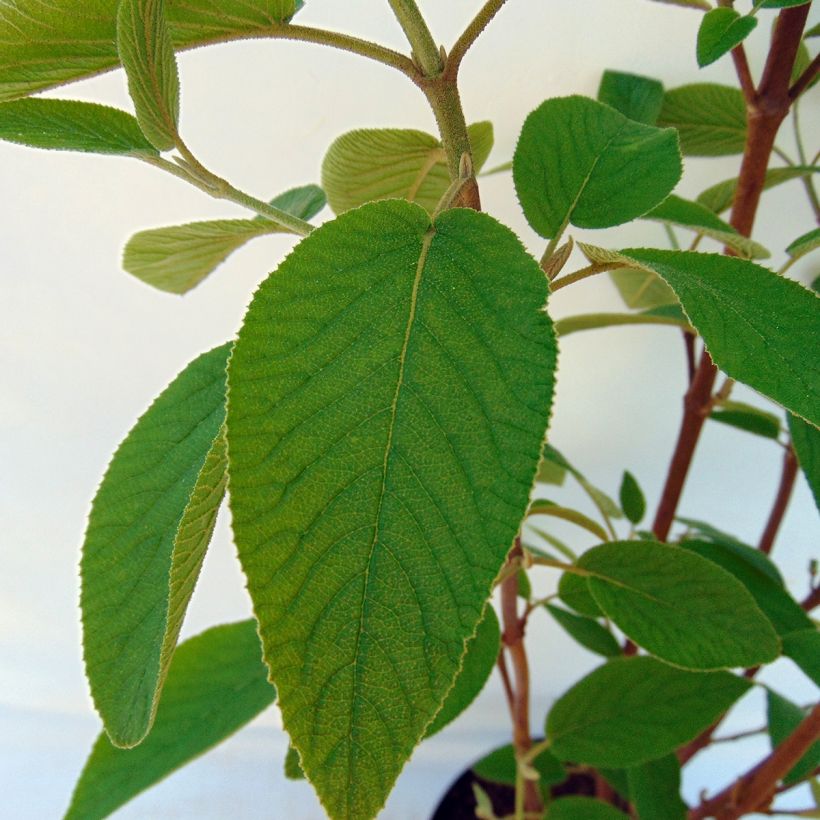



Plant habit
Flowering
Foliage
Botanical data
Viburnum
lantana
Caprifoliaceae
Wayfaring Tree
Western Europe
Other Viburnum
View all →Planting and care
Viburnum lantana thrives in sunny or partially shady locations. Plant it from March to June and from September to December (excluding periods of frost or drought), in ordinary, fairly deep soil, preferably neutral to alkaline. Provide drainage in very compact soils (mix garden soil with compost, gravel or river sand) and enrich with compost over several years if your substrate seems particularly poor and rocky. Once well established, this hardy viburnum tolerates summer drought, even in hot and dry regions. You can prune it lightly just after flowering by removing faded flowers to maintain a compact shape, which will eliminate the fruits.
Planting period
Intended location
Care
Planting & care advice
-
, onOrder confirmed
Reply from on Promesse de fleurs
Similar products
Haven't found what you were looking for?
Hardiness is the lowest winter temperature a plant can endure without suffering serious damage or even dying. However, hardiness is affected by location (a sheltered area, such as a patio), protection (winter cover) and soil type (hardiness is improved by well-drained soil).

Photo Sharing Terms & Conditions
In order to encourage gardeners to interact and share their experiences, Promesse de fleurs offers various media enabling content to be uploaded onto its Site - in particular via the ‘Photo sharing’ module.
The User agrees to refrain from:
- Posting any content that is illegal, prejudicial, insulting, racist, inciteful to hatred, revisionist, contrary to public decency, that infringes on privacy or on the privacy rights of third parties, in particular the publicity rights of persons and goods, intellectual property rights, or the right to privacy.
- Submitting content on behalf of a third party;
- Impersonate the identity of a third party and/or publish any personal information about a third party;
In general, the User undertakes to refrain from any unethical behaviour.
All Content (in particular text, comments, files, images, photos, videos, creative works, etc.), which may be subject to property or intellectual property rights, image or other private rights, shall remain the property of the User, subject to the limited rights granted by the terms of the licence granted by Promesse de fleurs as stated below. Users are at liberty to publish or not to publish such Content on the Site, notably via the ‘Photo Sharing’ facility, and accept that this Content shall be made public and freely accessible, notably on the Internet.
Users further acknowledge, undertake to have ,and guarantee that they hold all necessary rights and permissions to publish such material on the Site, in particular with regard to the legislation in force pertaining to any privacy, property, intellectual property, image, or contractual rights, or rights of any other nature. By publishing such Content on the Site, Users acknowledge accepting full liability as publishers of the Content within the meaning of the law, and grant Promesse de fleurs, free of charge, an inclusive, worldwide licence for the said Content for the entire duration of its publication, including all reproduction, representation, up/downloading, displaying, performing, transmission, and storage rights.
Users also grant permission for their name to be linked to the Content and accept that this link may not always be made available.
By engaging in posting material, Users consent to their Content becoming automatically accessible on the Internet, in particular on other sites and/or blogs and/or web pages of the Promesse de fleurs site, including in particular social pages and the Promesse de fleurs catalogue.
Users may secure the removal of entrusted content free of charge by issuing a simple request via our contact form.
The flowering period indicated on our website applies to countries and regions located in USDA zone 8 (France, the United Kingdom, Ireland, the Netherlands, etc.)
It will vary according to where you live:
- In zones 9 to 10 (Italy, Spain, Greece, etc.), flowering will occur about 2 to 4 weeks earlier.
- In zones 6 to 7 (Germany, Poland, Slovenia, and lower mountainous regions), flowering will be delayed by 2 to 3 weeks.
- In zone 5 (Central Europe, Scandinavia), blooming will be delayed by 3 to 5 weeks.
In temperate climates, pruning of spring-flowering shrubs (forsythia, spireas, etc.) should be done just after flowering.
Pruning of summer-flowering shrubs (Indian Lilac, Perovskia, etc.) can be done in winter or spring.
In cold regions as well as with frost-sensitive plants, avoid pruning too early when severe frosts may still occur.
The planting period indicated on our website applies to countries and regions located in USDA zone 8 (France, United Kingdom, Ireland, Netherlands).
It will vary according to where you live:
- In Mediterranean zones (Marseille, Madrid, Milan, etc.), autumn and winter are the best planting periods.
- In continental zones (Strasbourg, Munich, Vienna, etc.), delay planting by 2 to 3 weeks in spring and bring it forward by 2 to 4 weeks in autumn.
- In mountainous regions (the Alps, Pyrenees, Carpathians, etc.), it is best to plant in late spring (May-June) or late summer (August-September).
The harvesting period indicated on our website applies to countries and regions in USDA zone 8 (France, England, Ireland, the Netherlands).
In colder areas (Scandinavia, Poland, Austria...) fruit and vegetable harvests are likely to be delayed by 3-4 weeks.
In warmer areas (Italy, Spain, Greece, etc.), harvesting will probably take place earlier, depending on weather conditions.
The sowing periods indicated on our website apply to countries and regions within USDA Zone 8 (France, UK, Ireland, Netherlands).
In colder areas (Scandinavia, Poland, Austria...), delay any outdoor sowing by 3-4 weeks, or sow under glass.
In warmer climes (Italy, Spain, Greece, etc.), bring outdoor sowing forward by a few weeks.






























